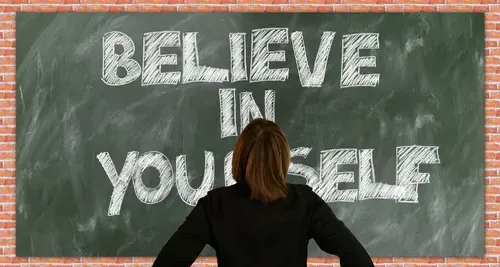How to thrive on change
Change is a constant in life and happens in your environment all the time. All you need to do is look at the clouds passing in the sky or a flower blooming to see the vast array of change occurring around you. It's the bigger life events, including the unplanned changes, that causes the most emotional upheaval. Growing up, there are many fundamental life skills we are not taught. Find out 3 ways to cope with change more effectively so you can bounce back quickly and thrive in life.
Emotional Cycle of Change
There is a well-known model for change that Elisabeth Kubler-Ross developed in the late 1960s to support people through grief. This model is very helpful to apply to all life changes whether personal or in your business/career.
It has 5 cycles that describe how people may move through change and the emotions that can be experienced along the way. People can start at any stage and can go back and forth between stages. The 5 stages are:
- Denial: a defensive response to the situation where you are in shock after receiving the news. Most of the time it doesn't last long.
- Anger: once you are more informed of the situation and the news has sunk in, you can look to blame yourself or something external to you and this is where the emotion of anger is experienced.
- Bargaining: when you try to bargain to avoid the inevitable or you can decide it's all too much and want to give up. It can also be a time when you search for a different outcome and persevere.
- Depression: an array of negative emotions are experienced such as sadness, fear, regret and guilt. There can be signs of giving up at this stage and isolating yourself from others or feeling demotivated.
- Acceptance: when you have accepted the change. You resign yourself to it. This doesn't mean that you are in a place of happiness but you have dropped resistance to the change and can move forward.

Each individual responds differently to the change and not all experience the 5 stages. It's important to acknowledge where you are in a change and sit with the emotions and then see how you can shift it to the positive to help you thrive with change.
Inner Resources
When you have experienced challenging times in your past, you have developed inner resources that supported you to get through the change. Identifying and activating your inner resources provides another strategy for you to thrive in change.
Your inner resources may include:
- Your mindset: seeing challenges as opportunities for learning and growth.
- Character strengths such as gratitude and perseverance. Gratitude helps you to see the good in the situation and be grateful that life is working out for you. Perseverance helps you to dig deep, keep your eye on a compelling vision for your future and move you forward when times feel tough.
- Your talents: accessing your talents to give you insights into the challenge and to find solutions.

Circle of Influence
Is a model developed by Stephen Covey to help people identify what they can and can't control? This is a simple tool that is empowering and will put you back in the driver's seat. There are 3 circles:
- The Circle of Concern
- The Circle of Control
- The Circle of Influence.
When you are faced with a change, you can write down all of your concerns including the challenges you are experiencing in the Circle of Concern. The first step is to identify which concerns are within your control and move them to the Circle of Control. Then there may be challenges in your Circle of Concern that you may be able to influence and you move those to the Circle of Influence. Once you have identified what you can control, it's about taking proactive steps to address things.
Change can cause stress but with these 3 tools to help you navigate your life, you can thrive in change.
Sign up for my free guide "5 Strategies to Bust Stress Fast" by clicking here. These strategies can help you in all areas of your life.
Here's to living your best life!
Melissa Taylor
Future Transcendence Leadership Mentor
Author of A Practical Guide to Finding Your Soul Purpose






